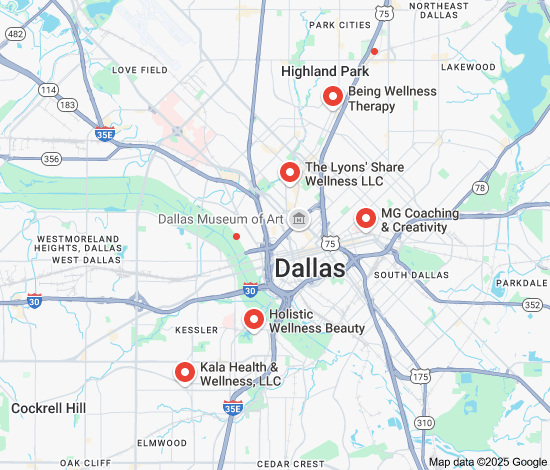The Power of Finding Solutions
In every aspect of life, we encounter challenges that require solutions. Whether it’s a simple everyday problem or a complex issue, the ability to find effective solutions is crucial for personal growth and success.
One key aspect of finding solutions is having a positive mindset. Instead of focusing on the problem itself, shift your perspective to focus on possible solutions. This optimistic approach not only helps in finding answers but also boosts creativity and resilience.
Effective problem-solving often involves breaking down the issue into smaller parts. By analyzing each component separately, you can gain a clearer understanding of the problem and identify potential solutions more easily.
Collaboration is another powerful tool when seeking solutions. By engaging with others, sharing ideas, and leveraging different perspectives, you can come up with innovative and comprehensive solutions that may not have been apparent when working alone.
It’s important to remember that not all solutions will work perfectly on the first try. Trial and error are natural parts of the problem-solving process. Embrace failures as learning opportunities and use them to refine your approach until you find a solution that works effectively.
Ultimately, the ability to find solutions is a valuable skill that can be honed through practice and persistence. By cultivating a positive mindset, breaking down problems, collaborating with others, and learning from failures, you can become adept at overcoming challenges and achieving your goals.
6 Essential Tips for Effective Problem Solving
- Clearly define the problem before seeking a solution.
- Brainstorm multiple possible solutions to explore different options.
- Consider the potential impact and feasibility of each proposed solution.
- Collaborate with others to gather diverse perspectives and insights.
- Test your chosen solution in a controlled environment before full implementation.
- Continuously evaluate and adjust the solution based on feedback and results.
Clearly define the problem before seeking a solution.
It is essential to clearly define the problem before embarking on the journey to find a solution. By taking the time to understand the root cause and intricacies of the issue at hand, you set a solid foundation for effective problem-solving. Clear definition helps in identifying key factors, setting specific goals, and ensuring that any proposed solutions directly address the core issue. Without a precise understanding of the problem, efforts to find a solution may be misguided or ineffective. Therefore, clarity in defining the problem is a critical first step towards successful resolution.
Brainstorm multiple possible solutions to explore different options.
When faced with a problem, it is beneficial to brainstorm multiple possible solutions to explore different options. By generating a variety of ideas, you can consider diverse approaches and perspectives to tackle the issue at hand. This creative process not only helps in expanding your thinking but also increases the likelihood of finding an effective solution that aligns with your goals and circumstances.
Consider the potential impact and feasibility of each proposed solution.
When approaching a problem, it is essential to carefully consider the potential impact and feasibility of each proposed solution. By evaluating how each solution may affect the situation at hand and assessing its practicality in implementation, you can make informed decisions that are more likely to lead to successful outcomes. Taking the time to analyze the consequences and viability of different solutions allows for a more strategic and effective problem-solving approach, increasing the chances of finding the most suitable resolution.
Collaborate with others to gather diverse perspectives and insights.
Collaborating with others to gather diverse perspectives and insights is a valuable tip when seeking solutions to complex problems. By engaging with individuals who bring different experiences, knowledge, and viewpoints to the table, you can uncover innovative approaches and creative solutions that may not have been apparent when working in isolation. This collaborative effort not only enhances the quality of the solutions but also fosters a sense of teamwork and mutual support, leading to more effective problem-solving outcomes.
Test your chosen solution in a controlled environment before full implementation.
Testing your chosen solution in a controlled environment before full implementation is a crucial step in the problem-solving process. By conducting tests in a controlled setting, you can assess the effectiveness and feasibility of the solution without risking potential negative consequences. This allows you to identify any potential flaws or areas for improvement, ensuring that the solution is sound and well-suited to address the problem at hand. Additionally, testing provides valuable insights that can help refine the solution and increase its chances of success when fully implemented.
Continuously evaluate and adjust the solution based on feedback and results.
Continuously evaluating and adjusting the solution based on feedback and results is a crucial step in the problem-solving process. By gathering feedback from stakeholders and analyzing the outcomes of the implemented solution, you can identify areas for improvement and make necessary adjustments to enhance its effectiveness. This iterative approach allows for continuous refinement, ensuring that the solution remains relevant and aligned with the desired outcomes. By staying open to feedback and being willing to adapt, you can optimize the solution over time and achieve sustainable success in addressing the initial problem.



